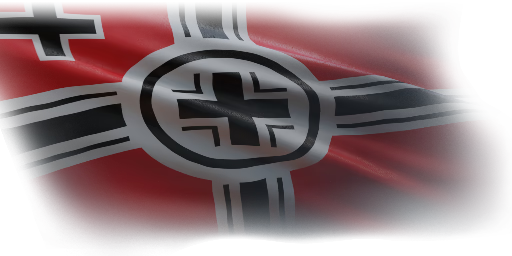
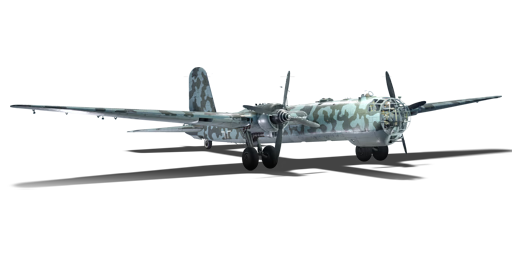


The He 177 has its origins well before World War 2 even began with the German Air Ministry's Bomber A specifications. Heinkel took up the task of building a long-range bomber that could hit a top speed of 571 km/h (355 mph) and a range of over 1,000 miles (1,609 kilometres). In addition, it also needed to be able to carry up to 4,400 lb (1,995 kg) of bombs. This was far above any bomber at the time and almost impossible to achieve. Although plans began in the mid-1930s, the final design and production wouldn't come to fruition until well into the war. Around 1,000 He 177 "Greif" (Griffon in German) bombers were built. It was far too late in the war to have any noticeable impact and was still plagued with issues. Most notoriously its tendency to catch fire during flights due to poor engine cooling system.
The He 177 A-5 was introduced in Update 1.77 "Advancing Storm" as an addition from the revenue share program, created by Daniil "Joy_Division__" Zaytsev. Although it may look like a twin-engine bomber, the Greif actually has four engines, two mounted on one shaft spinning one propeller. Unfortunately, this makes the engines prone to overheating and players should be wary of prolonged high-power usage. The Greif has a very high structural speed limit of 683 km/h (424 mph), which helps it dive quickly to bases if needed. Being a long-range bomber, the He 177 is also quite heavily defended; six turrets are mounted all over the aircraft which provide excellent firing angles. Although the He 177 struggled in real life, it's a relatively decent bomber in-game that can defend itself and significantly damage enemy bases.
flaps
flaps
flaps
brake
| Belt | Belt filling | Armor penetration (mm) at a distance: | |||||
|---|---|---|---|---|---|---|---|
| 10 m | 100 m | 500 m | 1000 m | 1500 m | 2000 m | ||
| IT/HEI/APHE/AP-I | 27 | 24 | 14 | 7 | 3 | 2 | |
| AP-I/AP-I/APHE/IT/AP-I | 27 | 24 | 14 | 7 | 3 | 2 | |
| IT/HEI/HEI | 21 | 19 | 8 | 3 | 1 | 1 | |
| Belt | Belt filling | Armor penetration (mm) at a distance: | |||||
|---|---|---|---|---|---|---|---|
| 10 m | 100 m | 500 m | 1000 m | 1500 m | 2000 m | ||
| IT/AP-I/IAI/AP-I | 19 | 16 | 8 | 4 | 2 | 1 | |
| AP-T/AP-T/AP-T/IAI | 19 | 16 | 8 | 4 | 2 | 1 | |
| Belt | Belt filling | Armor penetration (mm) at a distance: | |||||
|---|---|---|---|---|---|---|---|
| 10 m | 100 m | 500 m | 1000 m | 1500 m | 2000 m | ||
| IT/AP-I/IAI/AP-I | 19 | 16 | 8 | 4 | 2 | 1 | |
| AP-T/AP-T/AP-T/IAI | 19 | 16 | 8 | 4 | 2 | 1 | |
| Belt | Belt filling | Armor penetration (mm) at a distance: | |||||
|---|---|---|---|---|---|---|---|
| 10 m | 100 m | 500 m | 1000 m | 1500 m | 2000 m | ||
| AP-T/Ball/Ball/AP-I/AI | 9 | 8 | 6 | 3 | 0 | 0 | |
| AP/AP/AP/AP-T | 13 | 12 | 7 | 3 | 2 | 0 | |
| AP-I/AP-T/AP-I/AP-T | 9 | 8 | 6 | 3 | 0 | 0 | |
| Name | Weight | Slot | ||||
|---|---|---|---|---|---|---|
| 1,570 kg | 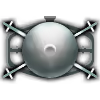 |  |  | |||
| 1,000 kg | 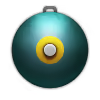 |  | ||||
| 1,832 kg | 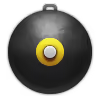 |  |  |  | ||
| 988 kg | 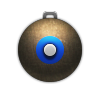 |  | ||||
| 1,600 kg | 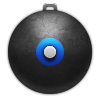 |  |  |  | ||
| 24 × | 1,200 kg | 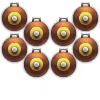 |  | |||
| 6 × | 1,500 kg | 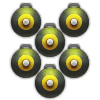 |  | |||
| 3 × | 1,500 kg | 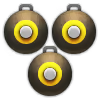 |  | |||
| 2 × | 2,000 kg | 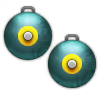 |  | |||
| 3 × | 1,500 kg | 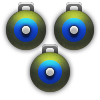 |  | |||
| 2 × | 1,976 kg | 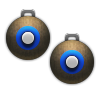 |  | |||
| 6 × | 660 kg | 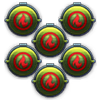 |  | |||
| 3 × | 675 kg | 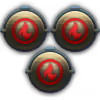 |  | |||












Flight performance | |
|---|---|
Survivability |
|---|
Weaponry | |||
|---|---|---|---|